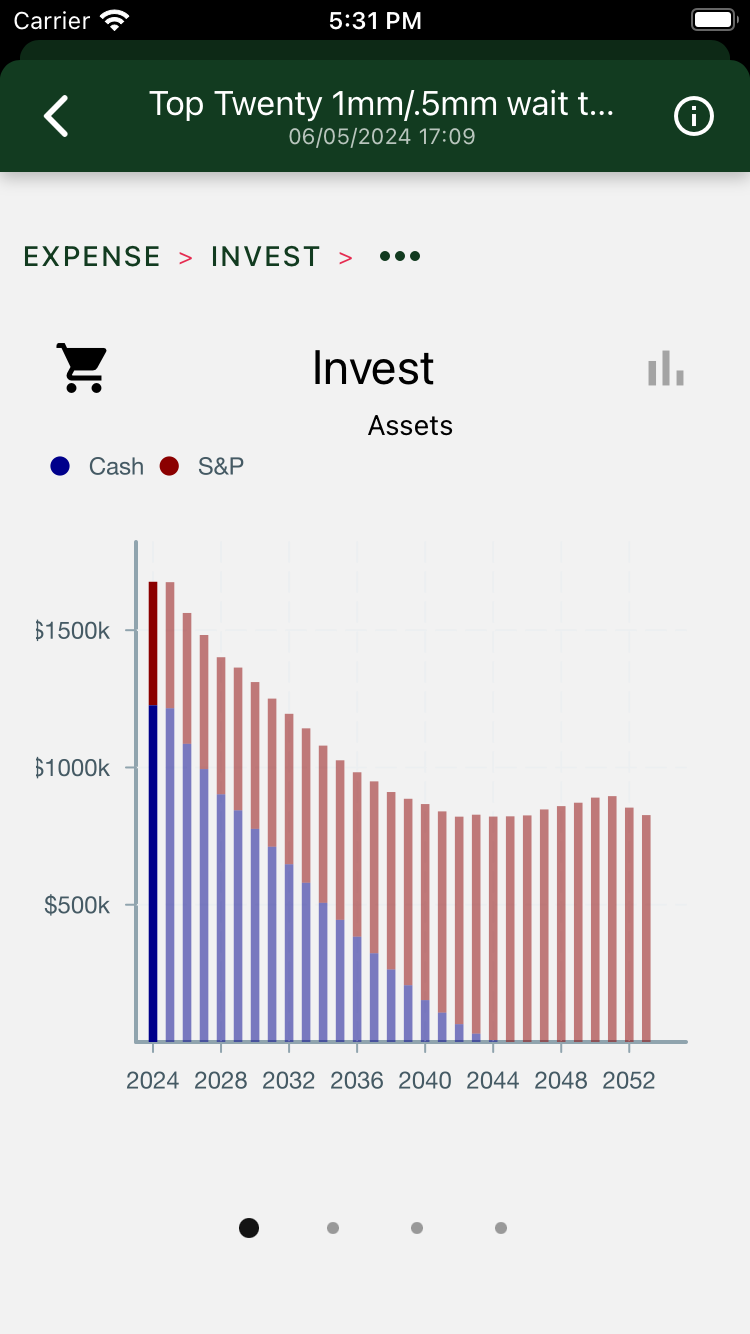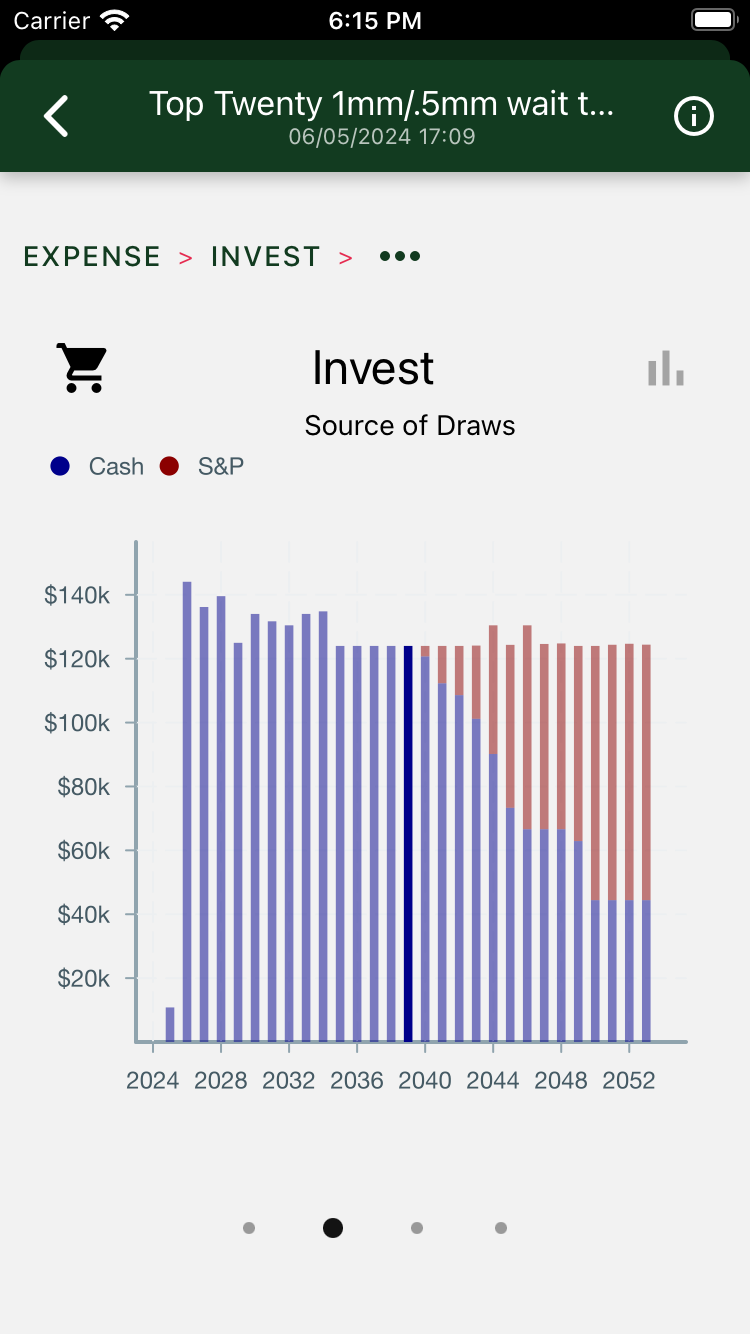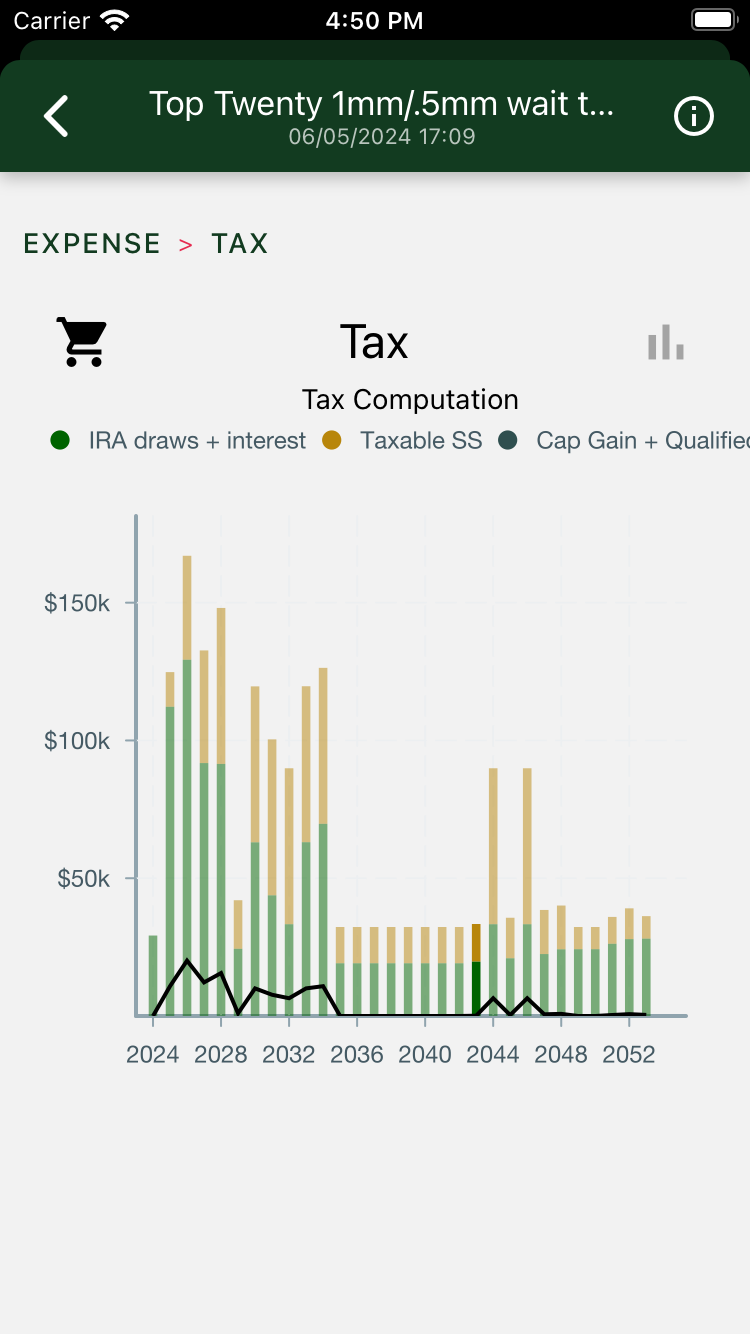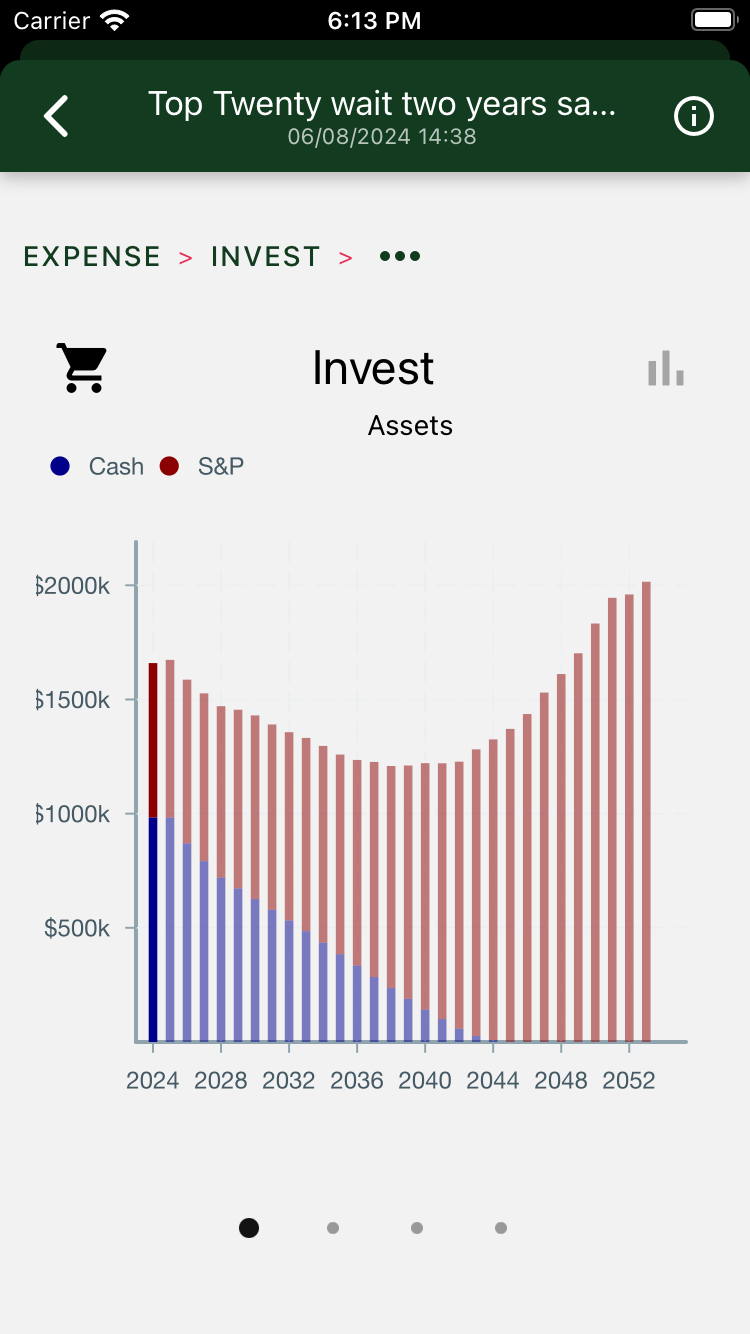This is the multi-page printable view of this section. Click here to print.
Blog
Posts
Do You Really Need Ten Times Your Income To Retire?
Background
Two recent stories in the Wall Street Journal:
- In The New Magic Number for Retirement Is $1.46 Million. Here’s What It Tells Us. Anne Tergesen reports on a newly released survey where respondents declared they needed $1.45 million in order to “retire comfortably.” Cited authorites differ on whether this is true, but none are able to provide a confident answer without falling back on crusty “rules of thumb” (Fidelity suggests ten times your income) or disclaimers that “everybody’s situation is unique.”
- In You Don’t Need to Be a Millionaire to Retire Andrew Biggs takes a side. He notes that “the average U.S. adult has saved only $88,400 for retirement,” and points to another survey that found “Of the seniors with more than $10,000 in retirement savings, less than 1% said they were finding it hard to get by, while 93% reported they were doing OK or living comfortably.” He cites failure to account for Social Security’s surprisingly generous benefits, diminishing spending through retirement, and conventional financial planning recommendations as potential explanations for this discrepancy.
Getting a Better Picture of Your Unique Requirements
Hedgematic is an app that, based on your unique position, constructs a hedged after-tax income stream to cover your individually specified yearly needs for the duration of your retirement. Figures are expressed in today’s dollars and are tax-optimized. Allocations are made via a public algorithm, with sound economic support.
Putting Hedgematic to the Test: The Profile
Let’s see how it works for a household in the 80th percentile. You make $153K per year. Your spouse stayed home. Following Fidelity’s recommendation, you’ve accumulated $1.5 million in assets, a million in an IRA and 500k in a Roth. Your 153K income yields 124K after adjusting for taxes, social security and other deductions. You’ll wait two years to retire and then start drawing 124K. You opt to start Social Security at the default retirement age. Hedgematic computes death dates based on an entered lifespan percentile; in this case you’ve got 30 years. Here’s the profile:

Cut to the Chase
You made it! You leave (an estimated) $850K to your kids. Note that a steady increase was interrupted only by your (timely) death, and attendant cut in Social Security.

Hedgematic split your assets between a ladder of TIPS inflation adjusted bonds (blue) and the S&P (red). When this profile was computed, Shiller’s CAPE was very high, dampening outlook for market gains, and TIPS yields were up. As a consequence, the portfolio starts out heavy in inflation protected cash.
Check Out the Draws
It took you 15 (relatively) risk-free years to start drawing down your S&P!

Note also that some of the draws are larger than the others. Hedgematic provides after-tax income, so the draws include tax obligations.
More About Taxes
Here’s the tax returns for your retirement. The black line shows taxes. You pay very little tax.

Note the flat spot in the middle. Every one of those bars hit the standard deduction exactly. Hedgematic seeks the lowest tax rate, then combines draws and rollovers to hit a yearly target.
Constructing the Portfolio
Hedgematic gives you year by year transactions for each of your accounts. Here is what you do with your IRA on day one.

You start with a million. Roll 29K to your Roth. Buy 45.82 “S&Ps” at 5291 each for 242K. Spend the remainder on a TIPS bond for each immediately upcoming year. These redemptions, added to your 66K social security (including spousal) will support you well into your retirement while your Roth bubbles along.
Everything is held to maturity, including S&P. That S&P buy actually is the sum of multiple smaller tranches, each targetting a single year. When the year comes, you might be directed to “Sell 14 S&Ps”. You multiply 14 by the current average and sell that much. Your net paycheck is more often than not more than your 124K expectation, but might come in low too. But you never run out.
But Wait, There’s More.
That’s just one scenario. You can vary yearly spend, life expectancy, social security start date, or risk aversity, and recompute.
For example, in the above case, you replaced your after tax income. You think about it and realize you’re not going to be sending that 13K to your IRA every year. Make a new profile and run it.

It turns out that final results are sensitive to starting conditions. Looks like little Jason and Jessica come into a million 2024 dollars each, and that’s before they sell the house. You look at that and think that maybe you could bump up your early retirement travel budget a bit . . .